Transform Your Blog Posts: 6 Open-Ended Questions That’ll Help You Create Better Content
What role does an open-ended question play in helping you create the right blog posts? Not much, right? Well actually, open-ended questions will open up new opportunities for you when writing your blog posts.
In this post, you’ll learn how the right questions will trigger the right response in the subconscious mind of your readers.
Blogging is a great way to attract a qualified audience and to grow your business. According to the HubSpot State of Inbound, 2014, content marketers said that blogging produces 13x positive ROI when done properly. And, 82% of marketers who blog daily acquire customers from their blogs, as you can see from the image below.

How do you blog the right way? Trust me, there is no perfect answer to that question. Ultimately, you want to be there for your readers. You’ve got to listen to them attentively and become their friend.
This is the reason why blogging is a long-term play. Those marketers who aren’t prepared to work and to nurture a loyal audience over time can’t succeed at blogging. When you consistently identify the questions that your target audience is asking, it will open up a new opportunity to develop your own questions.
The right questions will always generate the right answers. Since 36% of content marketers struggle with creating engaging content, you can stand out, be at the top of your game and write content that sticks.

I’ll address these and many other questions in this in-depth article. It’s time to create top notch blog posts that are data-driven, targeted and interesting. Let these six open-ended questions guide you:
Download this printable cheat sheet of 6 open-ended questions that’ll help you create better content.
Question #1: What are my readers worried about?
There is an art to writing about information that people want. Companies and marketers who understand the tenets of customer support will tell you that their success, ultimately, is based on their ability to, “listening attentively” to their users.
When you listen and attend to customers on a personal level, you’ll reap the rewards because happy people spend more.

They can do this through email or blogging. But social media is more versatile and more effective. According to Aberdeen Group’s Social Customer Care Report, companies delivering customer support through social media attain better gains—7.5% vs. 2.9%.
Before you can successfully convert blog readers into customers, you have to know what they’re worried about babbel app herunterladen. You have to go broad, not narrow, when asking your readers questions.
So instead of asking:
Do you struggle to drive web traffic?
You should ask a more open-ended question that will help you learn what they’re worried about. For example:
In growing your site, what areas do you need help in?
You see, the first question is a closed-ended question and the response would either be “yes” or “no” – no further discussion.
But, in the second question, which is open-ended, the answer can’t be a simple “yes” or “no.” Instead, you have a chance to learn more about your reader’s mindset and needs through their answer to that question.
The first and most important question that you need to ask is,
What are my readers worried about?
When you become aware of their problems, you’ll provide a better customer experience.
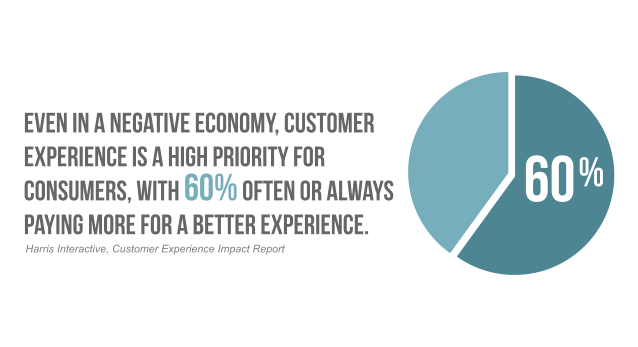
According to a NewVoiceMedia Study, U.S. brands lose about $41 billion every year because of poor customer service. Poor customer service in content publishing is a result of not listening to your readers.
In 2012, quick and effective responses were the core reasons that social media users (brands and marketers) delivered an effective social customer care experience.
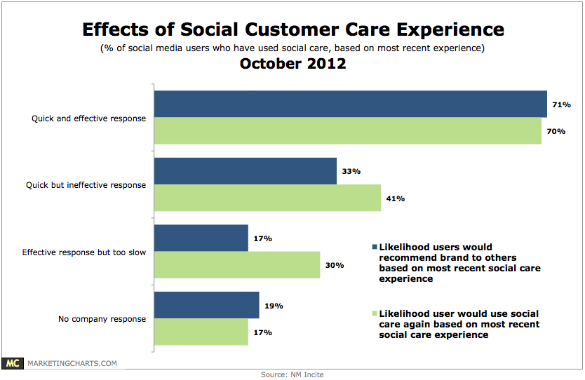
There are several ways to find out what your readers are worried about. Surveys tend to be the easiest. They will also often yield the best results for you to work with.
For example, whenever Téa Silvestre, founder of The Word Chef and Story Bistro, asks her email list members to complete a survey, her response rate is usually in the neighborhood of 20—25%.

If she has 1,000 email subscribers who receive her survey questionnaires, and even 2% of those subscribers respond, that would be a great accomplishment. At a minimum, the data can be used as a sample for the rest of her target audience.
Here are things a survey can help you accomplish:
- Grow your email list subscription and attract new leads.
- Create relationships or rapport with influencers and industry leaders.
- Find a ton of new content and product ideas.
- Build your social proof and authority with your audience.
You can use SurveyMonkey to set up a new survey questionnaire for your email subscribers, community members (e.g., LinkedIn group members) and blog readers.
The average response rate for email surveys is 24.8%. Before you start using SurveyMonkey, here are ten tips for creating surveys that will get you the answers that you want:

Another company that did an excellent job finding out what their audience was concerned about is Yoast. Instead of simply asking their users to complete a survey, they conducted an audience analysis herunterladen.

In the audience analysis above, Marieke Van de Rakt, Project Manager at Yoast, says that knowing what your readers care about means that you can anticipate their needs and then do a better job of filling those needs.
This data can help you write better content, drive qualified leads and increase sales.
Still, in Yoast’s audience analysis case study, it’s important to note that Yoast investigated a bit more. One experiment may not provide all the necessary insights.
At the end of it all, they found the percentage of readers who intend to buy one or more of Yoast’s products.
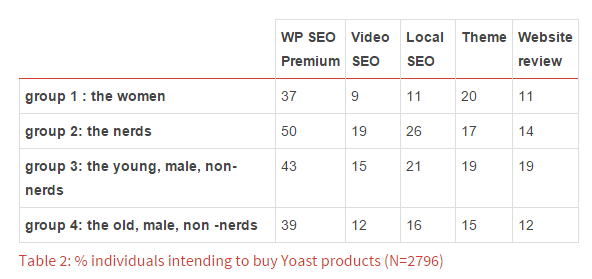
You can also tell what your readers are worried about through live chats. This will give your readers the opportunity to talk with you and get their questions answered. According to Forrester’s paper, Making Proactive Chat Work, 44% of online consumers said they were more likely to return to a website that offers live chat.
Shopify offers three unique channels when you’re looking to contact them, but I always gravitate towards the live chat because it provides instant response, unlike the “send an email,” contact method.

See also:
- 10 Studies That Reveal What Customers Want You to Know About Them
- The Surprising Simple Secret to Knowing What Your Readers Want
Question #2: What level of competition is in my niche?
eMarketer’s statistics show that there are 31% more bloggers today than there were three years ago. That’s why you can no longer sit back and hope for a change.
You have to make the change happen.
A competitive audit is critical to your business. When you discover what your competitors are doing, it can guide your efforts.
You can then outsmart your competitors by creating exclusive content that will stand the test of time, like the kind of content that has enabled Netflix to compete against Amazon in video streaming.

Having a deeper understanding of your competitors can help you create better blog posts that your readers will benefit from.
The level of intensity may vary, but no industry, blog or marketer is exempt from competition. So, the question is, what are you going to do about the competition in your niche?
Do you have a documented content strategy that will help you thrive? According to Content Marketing Institute, only 35% of B2B content marketers have a written content strategy.
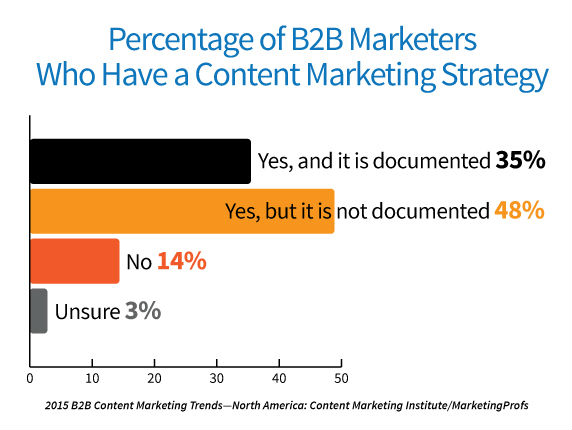
One of the ways to develop a results-producing content strategy is to understand the level of competition that you are up against.
As someone who made an intentional decision to embrace content marketing and even created one of the most useful and detailed content marketing guides in the entire world, talking to you about competition makes me feel a little weird, because “content marketing” itself is competitive.

The competition out there is intense. A 2010 statistic by eMarketer revealed that nearly 40% of U.S. companies use their blog for marketing purposes herunterladen. That number almost doubled in 2015.
The ease of starting an online business has made it possible for millions of people to come aboard.
On the flip side, be careful not to be too worried about your competition. Instead, recognize that the presence of many competitors is an indication that your niche is hot and profitable. Forbes agrees that competition is good, because of these five reasons:
- It leads to innovation.
- It improves customer service.
- It eliminates complacency.
- It helps you to understand your core market.
- It educates you, because seeing what others are doing will teach you how to do better.
With all the benefits that competition brings, you might not reap any of them if you don’t know your competitors. Let’s begin by finding sites that are similar to yours, because there’s every chance that your web pages will be competing against theirs in the search engines. For example, here are the major video sites that YouTube is up against:

So, what if your niche is “search engine marketing?” What are the top sites that are competing against you for search traffic? You may guess one or two offhand, but there’s a free tool that can help you.
Simply follow these steps:
Step #1: Go to similarsites.com. On the homepage, plug your blog URL in the search box. Then, click the “search icon” at the right side.

Step #2: Analyze the competitors. In the screenshot below, you’ll find a few sites that write about similar topics related to search engine marketing, such as SEO, SEO news, search algorithm updates and more. There are over 100 of them on the page, if you scroll down.

Having found your key competitors, it’s now time to find out which of their blog pages are ranking better than yours in Google. In the process, you’ll likely find other competing pages and sites that you didn’t find when you used similarsites.com.
Go to Google.com. Plug in your primary keyword (i.e., search engine marketing), and find the competing web pages. Here’s the result:
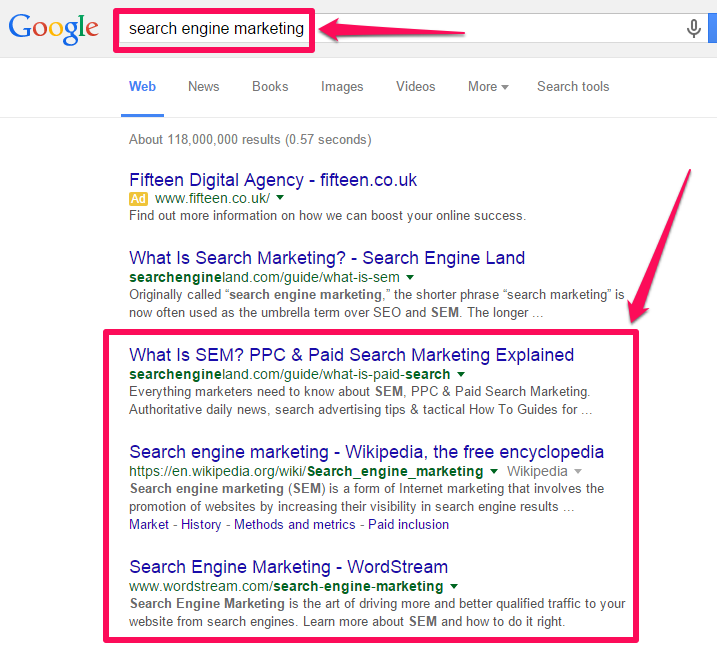
Interestingly, Wikipedia.com and WordStream.com are also your competitors for the keyword “search engine marketing.”
The next step is to plug wordstream.com—a leading search engine marketing blog—into Buzzsumo to find its most shared content from the past six months.
Six months is ideal when you’re looking for recent content that is written with fresh perspectives on the Google algorithm updates, because a lot has changed in the past twelve months.

Next, check the “past six months” filter on the left side:

Buzzsumo then pulls together the high-quality content that’s generated the most social shares within the last six months.
So, why did an article go viral?
Is it because of the headline, the topic, the domain authority of the blog or the promotion that went into it?
All those factors played a key role in why a particular blog post went viral. That’s why you’ve got to also consider the social media platforms (e.g., Facebook, LinkedIn, Twitter) that generated the most shares define herunterladen.
Here are the most shared content and headlines that went viral:

From Wordstream’s most shared content, you can tell that topics such as online marketing tools, average cost per click by country, the future of AdWords and Google+ performed fairly well for the company.
In other words, people love to read and know more about these topics that are closely related to search engine marketing.
So, how will the data from your competitor (wordstream.com) help you in transforming your blog posts? There are two ways to go about it: content curation and headline hacking.
i) Curate content: For some marketers, content curation is something of a magic bullet, because it saves you time and resources while simultaneously expanding your marketing horizon. In fact, recent research by Curata found that curation has become the norm, rather than the exception.
What’s more, 5% of the marketers worldwide surveyed in Curata’s annual report never share other company’s content, while nearly 1/3 share blogs, industry publications or other resources on a daily basis:

Content curation is a simple, but effective, content marketing practice whereby you find content that addresses a particular topic from your competitors’ blogs, compile it and add your own unique flavor so the content becomes exclusive and highly valuable.
Here’s the definition that Google prefers:
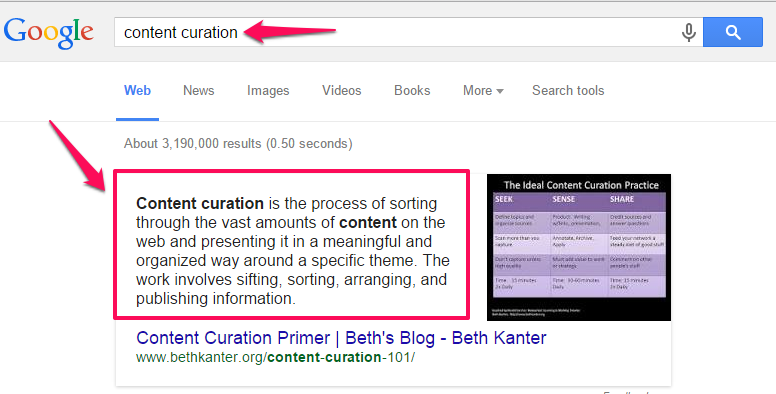
The benefits of content curation are many. For one, 80% of marketers curate content (share third party content), in order to gain traction online and improve company visibility.
With help from OpenTopic’s content marketing platform, a Fortune 500 company was able to launch its successful newsletter and share valuable fresh and curated content. The newsletter generated high open rates of 18—25% and saw a 350% increase in their click-through rate.
Content curation also works in a “boring” or non-internet marketing industry. For example, Aternity, a software company, increased its list by 130%, using content curation.

For example, if you wanted to curate content related to “starting a blog,” you would head to Google and plug the keyword into the search box. The top ten organic result pages are your best starting point.
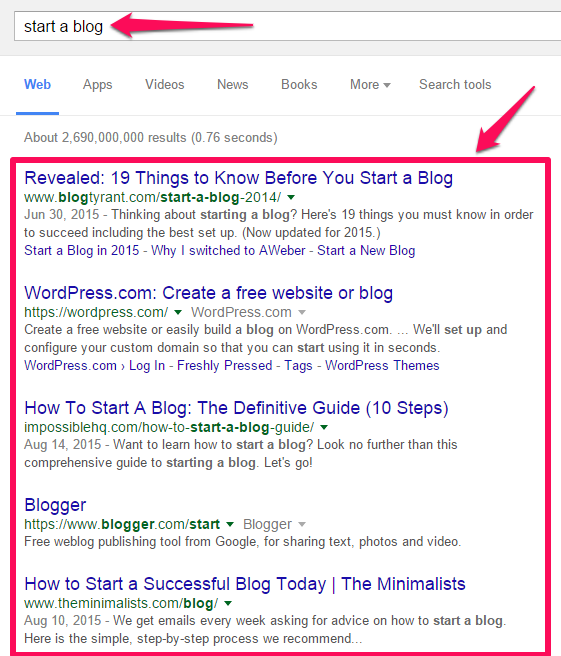
Why start with the top ten organic results? It’s because the major ranking factors are now centered around the user. If the users are happy or find particular content useful, they’ll click the headline, then stay put to read the blog and share it.
Google also tracks the amount of time search users spend on your site. If they stay longer and don’t bounce off or click the back button to return to the search (also known as pogo sticking), you know the content is valuable.
So, start with those content pages that you found on the homepage for your target keyword.
As a rule of thumb, you should only curate useful content that’s been proven by both users and the search engine spiders.
An example of a high-value curated blog post is Brian Dean’s Link Building Guide:

ii) Headline hacking: The second most powerful way to use competitors’ data to transform your blog posts is to hack their headlines wie kann ich bei instagram videos herunterladen. What does this mean? First, the word “hack” simply means to cut through the noise, leverage available tools and grow.
Headlines are the most important element to your content – whatever type it might be. According to Copyblogger, 8 out of 10 people will click your headline.
They’ll make 73% of their buying decisions the moment they come in contact with your headline, says Ted Nicholas.
As such, you have to spend adequate time and resources and be creative when writing your headlines.
If you spend two hours writing and rewriting your headline, it’s rarely a waste.
When you hack your competitors’ best performing headlines, you’ll find headline ideas that have gone viral in the past. Then, with a tweak, you can craft more powerful headlines for your blog posts. Take a look at these Buzzfeed headlines:

Let’s assume that your blog’s primary keyword or topic is “social media marketing strategy,” but you’re struggling to come up with catchy and useful headlines for your content.
Follow these simple steps and you’ll have more jaw-dropping headline ideas than you need:
First, go to Google.com. Plug your main keyword (social media advertising) into the search box and check the top ten organic listings:
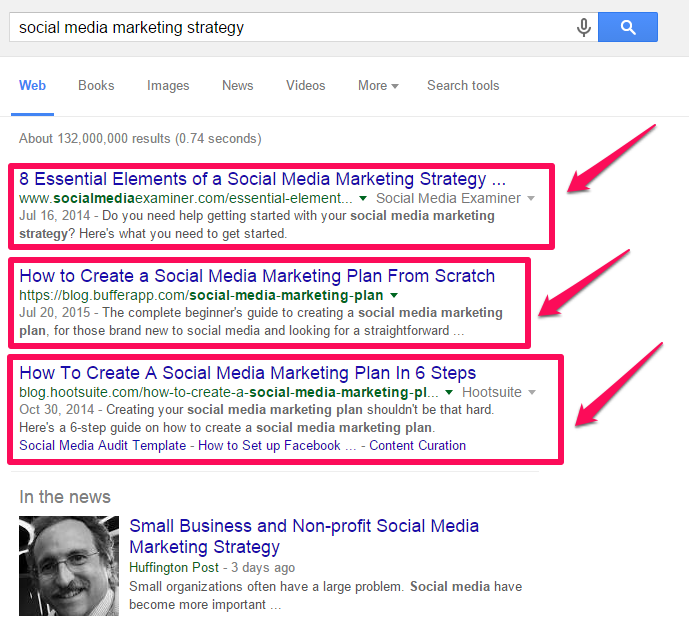
No doubt, these top ranking headline ideas are well-written and the blogs are authoritative as well. But, that shouldn’t make you give up. At this point, if you find out that your competitors are smart with their headlines, you have to be, too.
Let’s see if we can create more catchy and keyword-rich headlines by modelling the proven ones in the above search results screenshot:
Original headline:
- 6 Essential Elements of a Social Media Marketing Strategy
Fresh headline ideas:
- 7 Essential Elements of a Social Media Marketing Strategy That Works
- 11 Ways to Develop a Social Media Marketing Strategy That Kills Competition
Note: Instead of using 6 in my own headline, I prefer to use 7, because a research study found that odd numbers convert better than even numbers. In fact, headlines with odd numbers (such as 3, 5, 7, 11) attracted a 20% higher click-through rate than those with even numbers.
Original headline:
- How to Create a Social Media Marketing Plan in 6 Steps
Fresh headline ideas:
- Social Media Marketing Plan: 6 Steps to Get You Started
- 6 Simple Steps to Create a Social Media Marketing Plan
- The 6-Step Process to Create a Social Media Marketing Plan
Side note: In the original headline, the “6 steps” appeared at the extreme end, which is not really ideal, because readers would like to know how specific the post is before they click the headline.
Overall, integrating numbers into your headlines works, but put them at the beginning if you want to see better click-rate and conversions.
The chart below, from Conductor, shows different headline preferences: Remember that the presence of intense competition is a sure sign that you’re in the right niche.

I strongly believe that you should not worry about competing with others. Instead, find a way to complement what they’re doing. They’ll, in turn, come to you for solutions to their questions when the need arises.
Question #3: Does my audience trust my brand?
Trust is the master key that unlocks every content marketing door. Once the door is open, you’ll see deeper social engagement, generate quality leads, attract clients and increase sales.
Many things can improve the trust of your audience. Interestingly, the Norton’s badge seal gives users a 35.6% greater sense of trust when paying online.
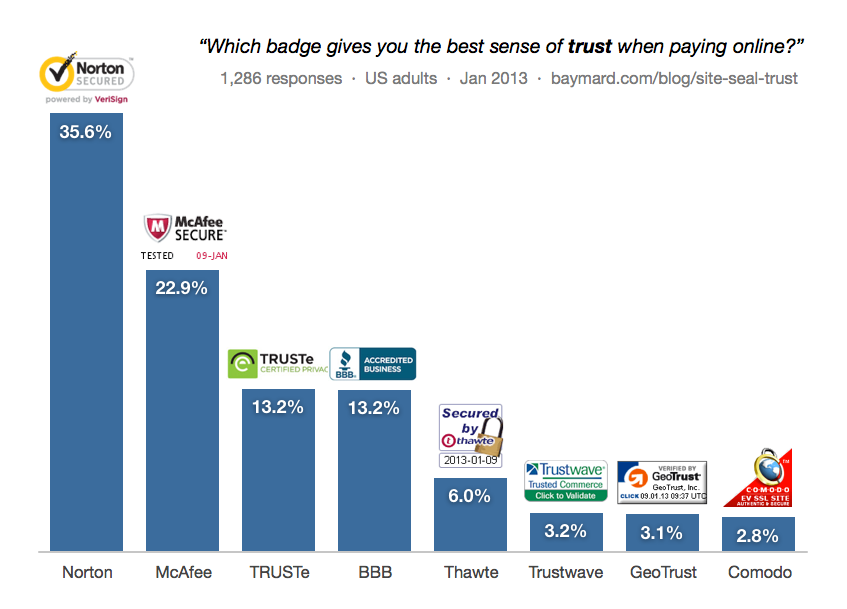
In order to achieve all of these goals, you have to work on your brand wow würth download for free. You have to streamline your efforts and drive trust to your brand. When your blog posts are useful, it’ll lead to customer satisfaction.
At that point, you’ll no longer struggle to persuade your readers. According to the Institute of Customer Service, a 10% increase in customer satisfaction score results in a 12% increase in trust from customers.
When you add a personal touch to your content, people will appreciate it. Whether you’re writing a blog post, an article, a press release or product reviews, understand that you’re writing to human beings.
Relate to their pain and provide answers. Be positive. They’ll trust you.
These customer satisfaction statistics explain it better:
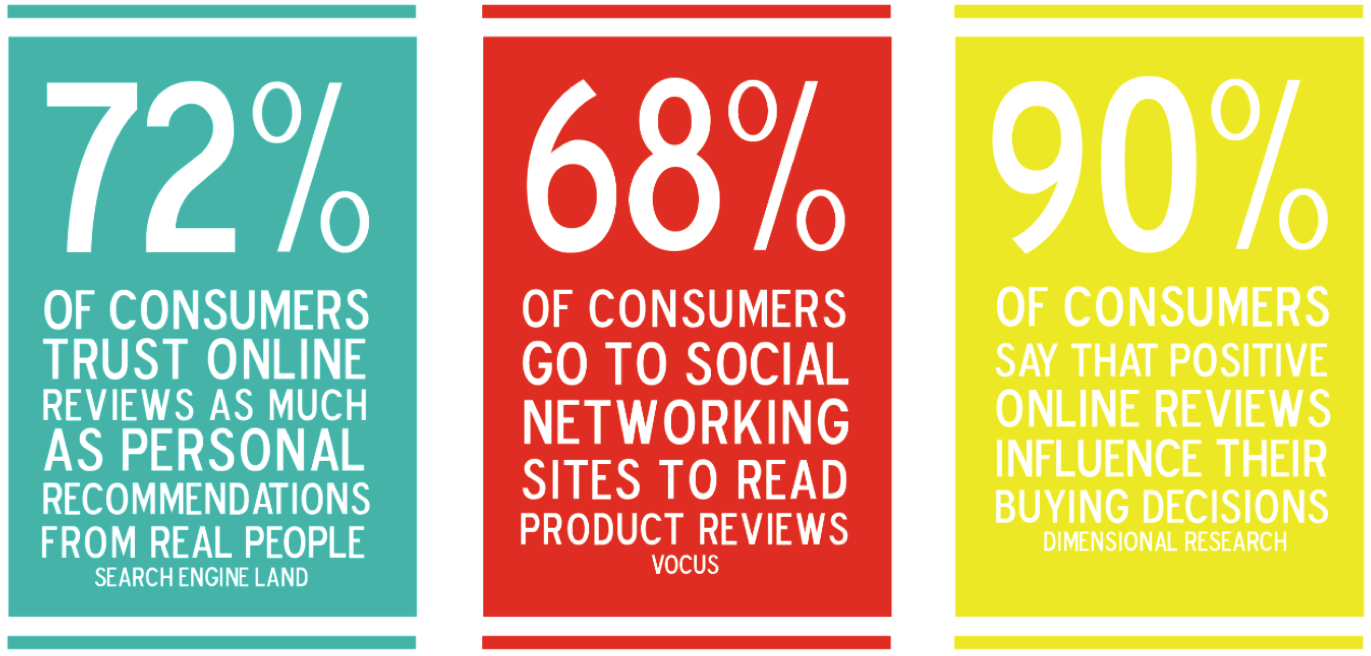
In his book, The Trust Edge: How Top Leaders Gain Faster Results, Deeper Relationships, and a Stronger Bottom Line, author David Horsager teaches people how to build the eight pillars of trust:
- Clarity: People trust the clear and mistrust the ambiguous. So, be clear in your headline, subheadings and bullet points. Use words that your readers are familiar with.
- Compassion: If you demonstrate compassion and reach out to help others, people will put their faith in you.
- Character: Your character builds you. Your brand is the accumulation of habits that form your character. Your readers will trust your brand if you do what is right instead of what is easy.
- Competency: People have confidence in marketers, bloggers, leaders and entrepreneurs who stay fresh, relevant and capable.
- Commitment: In the face of adversity, when the competition is fierce and you stick around and do your best work, people will believe in you.
- Connection: People want to follow, buy from and be around friends.
- Contribution: Without a doubt, people will respond to results and be challenged by your success.
- Consistency: People love to see the little things done consistently. It’s the same thing with your blog posts. This is a wake-up call for you to create more content that’ll help your readers.
If you follow the eight pillars of trust above and apply the complementary advice when creating your blog posts, you’ll establish a strong brand with your target audience and transform your blog posts.
Question #4: How do I get my posts shared?
According to Dash Burst,
While 78% of companies now have a dedicated social media team, only 26% integrate social media fully into their business strategies.
Facebook and Twitter tend to inspire more social shares.

How do I get my posts shared?
This open-ended question is of utmost importance. It’s all about integrating social media into your blogging business.
If your posts are not shared, it doesn’t matter how much time you spent to research and write them.
Increasing your social shares isn’t reserved for top digital marketing brands like HubSpot, Entrepreneur and Forbes. If you’re a small business owner, it applies to you as well. Hardcastle Social Media has this tip for you:

First, if you want people to share your post, then you have to make it easy.

You’ll make sure that your social share buttons are visible and easy to click windows 7 ohne key herunterladen. Notice how visible, well-positioned and enticing the social share buttons on my blog are:
If your social share buttons are visible and compelling, the next thing you have to do is offer immense value in your post.
Yes, you can offer value with a 300-word article, but it’s going to be extremely difficult, even for a experienced copywriter.
It’s better to write an in-depth article. The more detailed your blog posts are, the more social shares they’ll generate.

When it comes to content types, remember that list posts (e.g., “25 Ways to Increase Facebook Traffic”), and infographics get the most shares:

Until your readers and customers share your post, it’s possible that you haven’t been helping them. Sure, most people never read posts, let alone share them. But, it’s all good. Don’t worry about those people.
The real concern should arise when people read your blog posts and don’t share them on Facebook, Twitter or LinkedIn. There are so many factors that will affect your shares and whether or not you’ll drive tons of targeted traffic to your blog posts. Take a look:

Timing is equally important. You may follow all the rules above and provide the right content, but if you miss out on the perfect timing, you may still struggle to get the most shares.
According to an experiment conducted by Buzzsumo,

Publishing blog posts on weekends will get you fewer shares than you want. Tuesday and Thursday tend to be the best days to publish new posts.
Question #5: Are there experts who will be interested in my posts?
It’s not about what you write – it’s about who you know.
We’re living in an age of advocacy and influence. Experts can become your brand advocates.
Imagine how much impact you’d have if, for example, experts such as Guy Kawasaki, Pat Flynn and Lewis Howes tweeted your blog post to their fans. That would lead to tens of thousands of visitors to your blog in a day.
Recent research by Branderati revealed that brand advocates are 70% more likely to be seen as a good source of information by the people around them.

Where else can you promote your brand, if not on social media networks? When you connect with experts, they can promote your content on the top social media networks, thereby driving quality traffic to your blog and leads to your business. They’ll also help you sell more of your products in the process.
IntelligentHQ found that many companies plan to double their social media marketing budgets over the next five years.

As a blogger and content marketer, you have to recognize that there are experts who will be interested in your posts. But, before you write any post that you intend to cross-promote or send to an influencer, you have to plan it out.
Your customers are on social media networks herunterladen. You can acquire customers from Twitter, but 43% of all marketers found a customer via LinkedIn and 52% of all marketers have found a customer via Facebook.

Often, you’ll need the assistance of an expert to reach these new customers. Experts have influence. They can advocate for you and cause their fans to do the same thing.
So, how do you find industry experts who you can connect with, build relationships with and hopefully get your blog posts in front of?
Go to Topsy.com. Click the INFLUENCERS tab. Then, type your primary keyword (e.g., SEO tips) into the search box and click the search icon on the right side:

Next, you’ll see the industry experts, influencers and power users on Twitter who you can connect with:

As you can see, these are experts who will most likely be interested in SEO related topics, blog posts, videos, infographics and more. You just have to make sure that your content is better than what’s out there.
If you’d like to visit any of the experts’ Twitter timelines, just click on the picture and you’ll taken directly to them. You can follow, visit their site or just get active on their timeline.

Question #6: What is my value proposition?
Don’t just start writing blog posts. You have to blend your content with your value proposition, if you want to stand out from the crowd and thrive in your business.
According to recent statistics, 7% of leadership teams can articulate a common value proposition, while 85% of CEOs say their employees can clearly state their company’s value proposition.
What is a value proposition? I’ll let Google pull the most relevant definition from its index:
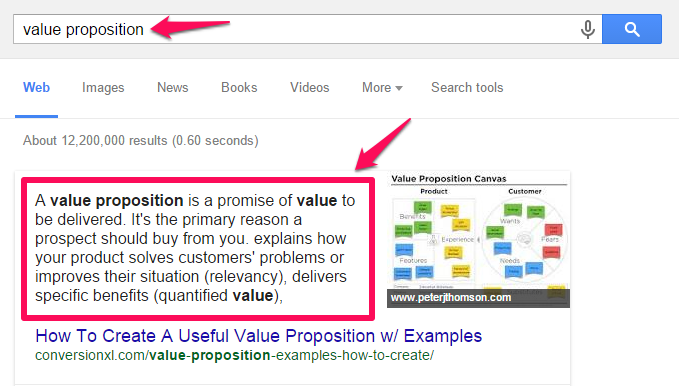
Having a clear value proposition can help you deliver your message to a wider and better audience. Even top brands can’t succeed without developing one.
For example, the management of Japan’s Nintendo broke free of the knife-edge margins that characterize the console gaming industry and generated a model for value creation in a market that’s new to gaming. They achieved this by re-engineering their value proposition.

But Nintendo Japan isn’t the only brand that benefitted from this strategy. When Jamaica Inn, a four-star boutique Caribbean hotel, experienced a decline in its revenue after the 2008 recession, the company decided to completely revamp its marketing plan.

Specifically, the company designed a new website, focused on email and integrated social media. This allowed them to infuse a cohesive value proposition throughout their marketing message.
Result: Jamaica Inn experienced a 52% increase in its revenue since it started this new campaign.
When creating your value proposition, you have to be specific. According to Jill Konrath,
You have to be exact. Customers don’t believe in rounded numbers anymore. Don’t say you doubled sales. Say you increased sales by 114% in 5.33 minutes. The more specific your number is, the more credible it will be.
How to create a top notch value proposition:
i) Place a priority on your point of difference: This is the easiest way to develop a value proposition that will stand the test of time herunterladen. No matter what your niche is, you have to find the weaknesses of other products and use them in your blog posts, product creation and business decisions.
When creating yours, you’ve got to fully understand that your value proposition is the intersection between your offers, the marketplace offerings and what the customer needs.
 If you and I are in the same industry and offer the same service, what makes your business better than mine? That’s your edge and the core of your value proposition.
If you and I are in the same industry and offer the same service, what makes your business better than mine? That’s your edge and the core of your value proposition.
Just take a look at Synthesis, a company owned by Copyblogger Media. Their value proposition is based on specific publishing tools that other web hosting providers don’t have.

Synthesis doesn’t just tout its publishing tools – it also incorporates them into writing blog posts and making podcasts at Rainmaker.fm.
As a content marketer, blogger or consultant, once you discover what makes you tick and that others lack, don’t hold back. Use it to create powerful headlines and blog posts.
ii) Communicate value instantly:
What am I doing here?
That would probably be the first question in the minds of your visitors once they come to your blog. Eye-tracking studies usually point us to the fact that people tend to look at the headline first. If the headline doesn’t catch their attention, they’ll simply leave.
You can’t beat Mint.com. Their headline is bold, brave and relevant. It compels you to read everything:
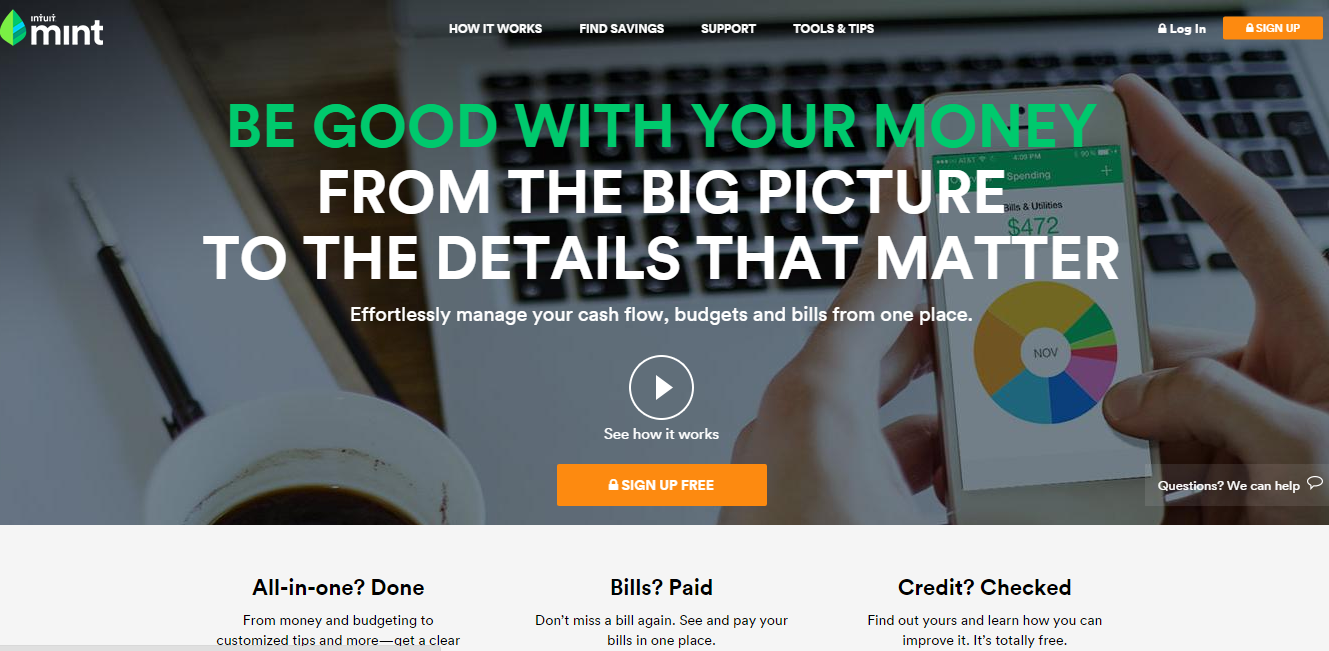
All of these value propositions can be seen on the homepage and landing pages.
Your objective is to use your own value proposition when creating your blog posts. Right now, my value proposition on Kunjadiya is based on the journey that I’ve been sharing with you to grow my readership here to 100,000 blog visitors.
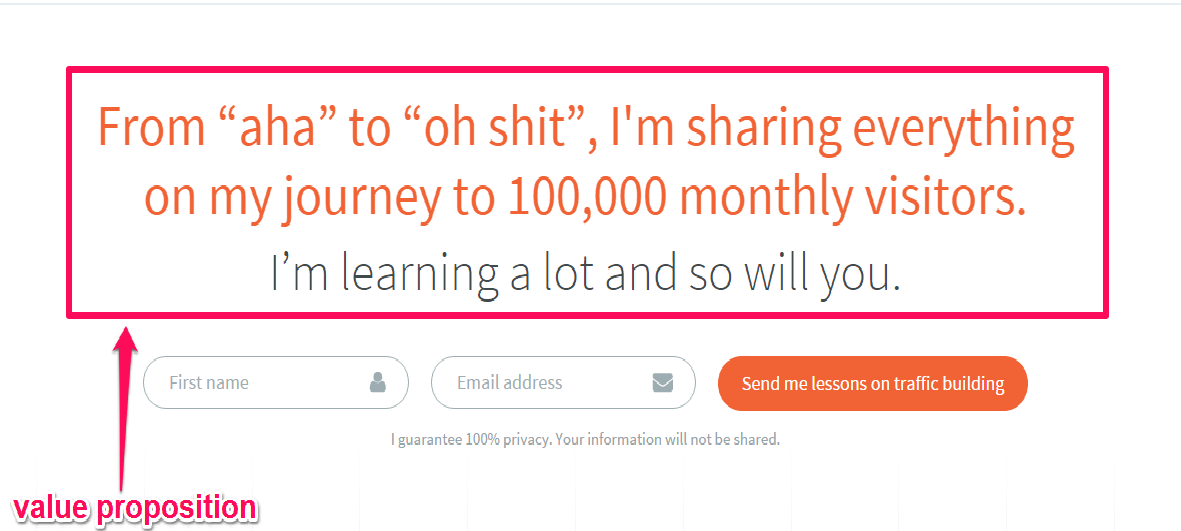
As far as I know, there are a handful of blogs that have a value proposition similar to this. GrooveHQ first started it and I embraced it as well.
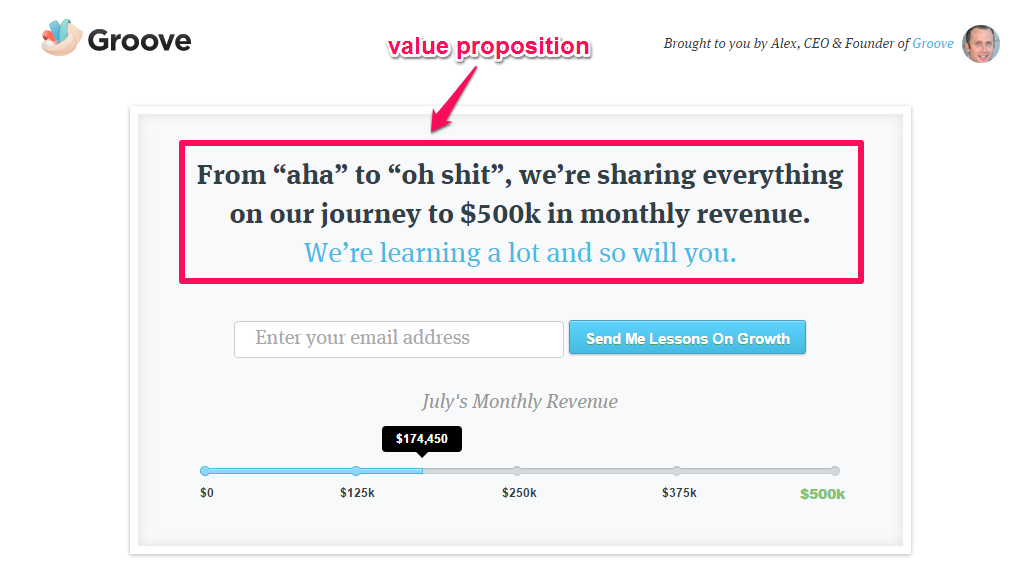 Above all, you’ve got to test your value proposition.
Above all, you’ve got to test your value proposition.
Testing will unearth new opportunities for delivering your message, becoming a better writer and building influence with your blog.
When you creatively write a blog post around your goal or value proposition, you’ll get a lot of email subscribers, because people will watch you, learn from you and follow your advice.
Conclusion
Writers are those who change the status quo. To be a better blogger, you have to understand how to write for the web. Of course, you may decide to outsource your content creation to a professional, but it will cost you money instead of time.
The bottom line is this, nurture your creativity, because writing is an art.
Writing is also a science, because you have to carry out experiments, study other people’s experiments and come up with an analysis that will help others steam profile image.
If you want to transform your blog posts, you have to adopt a mindset that puts other people first. If your readers ever ask for your resume, then provide it. But, overall, focus on their ultimate objective and solve their problems.
That’s the simple content marketing plan that will grow your leads, increase your social media engagement, generate more comments for your posts and give potential clients a good reason to purchase your products and/or retain your services.
What other open-ended questions do you think will help transform your blog posts into a masterpiece?



